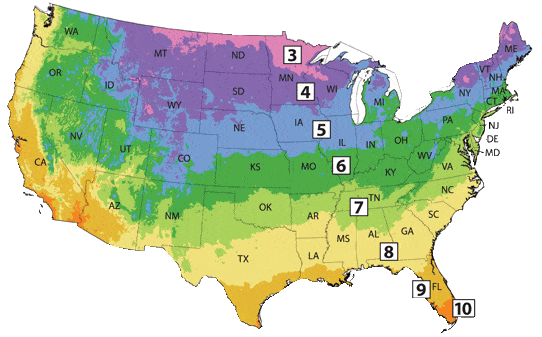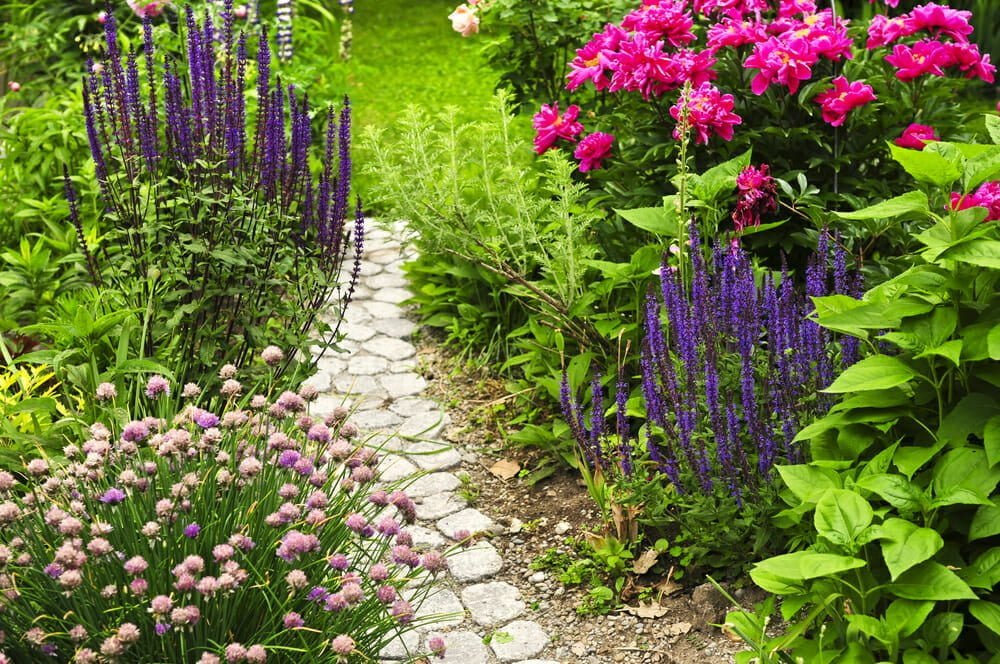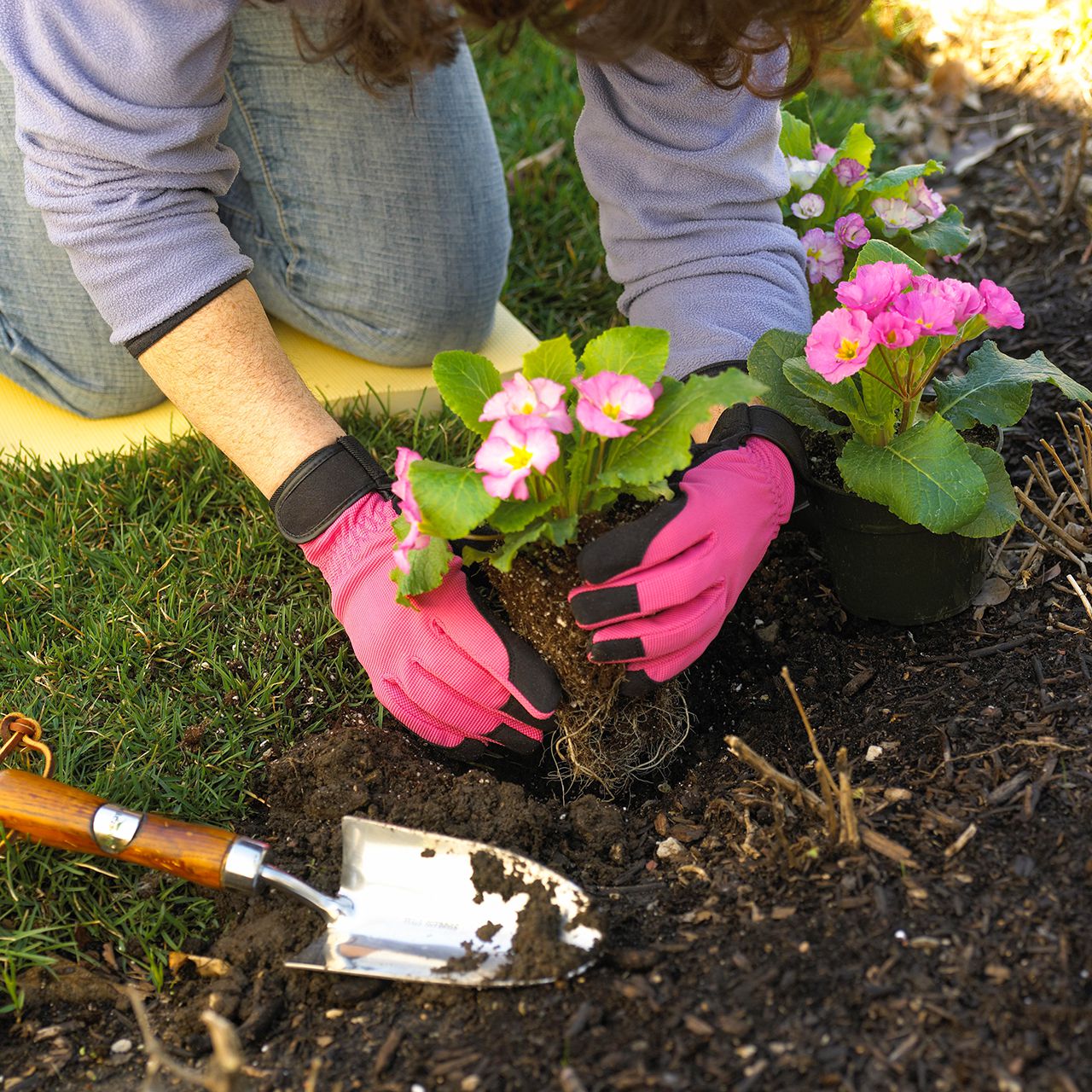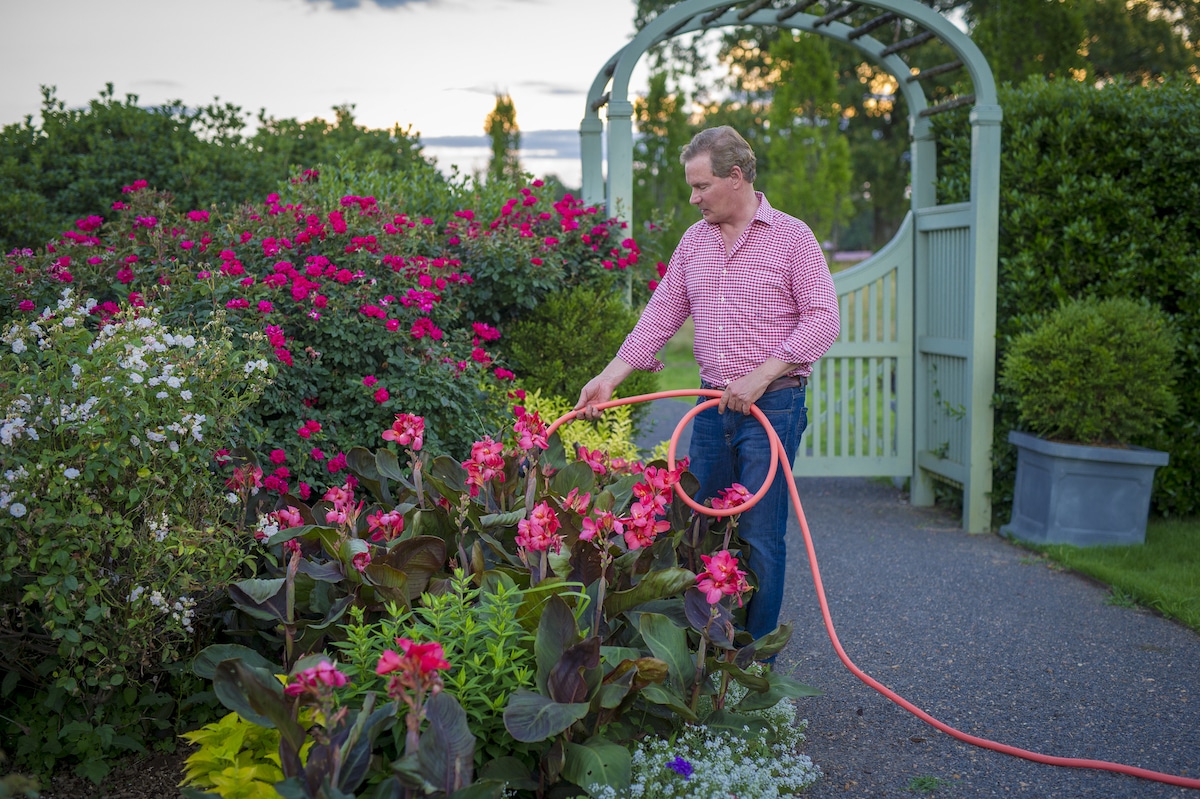Table of Contents
Spring is here and this calls for some flower gardening! If you love gardening, you must always be onto some new adventures to plant beautiful and sweet-smelling flowers all around. Gardening is not just a hobby or a duty, but it definitely is a wonderful emotion. Whether you are planting the soft velvety moss all around your backyard garden or just making sure you look for new tips to keep your garden space always blooming! Now, there has always been a kind of misconception that you can only plant flowers during the spring season. Is that so? Actually no. There is no truth in that so far. You certainly get different plants during various seasons around the year, but you can plant your exotic beauties in every season. Let us take a look at how you can make your flowers bloom!
Blooming Season with Flower Gardens
Gardening is undoubtedly a passion for all your nature lovers be it your tropical gardens or making dry desert gardens lively with exotic cacti. A fulfilling hobby, flower gardening breathes life and color into any area. Beginners can begin by growing flowers in pots or containers if they have the proper soil and total light exposure. For guidance on choosing plants and flower food, stop by your neighborhood garden center. Given the dates of the frost and the amount of sunlight each plant receives, dig a hole for it. For fresh interior arrangements, gently flower stems and regularly water your garden with a garden hose. To improve your area, make little flower gardens or flower borders. Your garden will thrive year after year with the proper maintenance. These pointers will help you have a flourishing, lovely garden. Let us first understand our gardening zone.

What is Your Flower Gardening Zone?
Now, it’s important to know your flower-growing zone before selecting plants. Plants’ ability to withstand harsh weather, especially severe temperatures, varies. Knowing your gardening zone makes it easier to choose plants that will flourish in your local climate.
Why It Matters
Not all environments are conducive to plant survival. Every zone denotes the lowest temperature that a plant can withstand.
Investigation and Acquisition
Knowing your zone will help you select appropriate plant species for your area, whether you’re looking for plants online or at gardening stores.
Recognizing Zonal Ranges for Flower Gardening
Plants’ zonal ranges are frequently listed on gardening websites. A plant designated as “Zones 5-7,” for instance, will only grow in areas within those zones.
Understanding your zone will help you make decisions that guarantee your plants will survive and thrive in your garden.

Select & Prepare and a Planting Area
Before planting your flowers, you need to first make sure of some things!
Select the Appropriate Flowers
- For flower gardening, choose flowers appropriate for your soil and environment. Consider sunshine hours and frost dates. Seek advice from nearby garden centers.
Get the Garden Bed Ready
- Dig Holes
Ensure the root ball can be inserted into each hole.
- Soil Improvement
To improve soil fertility and drainage, add organic matter.
- Size Matters
To ensure you can maintain the flower gardening, start with a modest space 4-6 feet long and 2-3 feet deep. You can also cut flowers and cut the stems to adjust size.

Planting Area
- Full Sun/Shade
Ensure the area gets six hours or more of sunlight each day. Throughout the day, look for shadows in the region.
- Soil Drainage
To solve inadequate drainage, build swales or raise the soil’s level. Well-draining type of soil is essential to plant health.
- Getting Ready for Spring
When planting, wait until the soil is sufficiently dry. After removing rocks, weeds, and sod, loosen the soil to a depth of 12 inches. Before planting, combine fertilizer and compost.
Choosing the Right Plant for Flower Gardening
When you first create a flower garden, concentrate on choosing happy, healthy plants. To produce a cohesive design, use a balanced combination rather than overloading oneself with too many kinds.
How to Make a Decision?
- First Make a List
Commence with the plants you now own or intend to purchase. Stick to a small number of different types of flowers to make things look cleaner.
- Think About Heights
Incorporate plants of different heights, such as short, medium, and tall, to create depth and interest.
- Bloom Times
To guarantee consistent color, select plants with distinct bloom seasons in the early, mid, and late summer.
- Check Hardiness
Make sure the plants can withstand the winter in your growing zone. Locate your zone here.
Types of Flowering Plants
- Perennials
Daylilies, echinacea, and rudbeckia
- Annuals
Marigolds, petunias, and zinnias
- Bulbs
Dahlias, tulips, and daffodils
Put taller plants in the back and lower ones in front for a balanced arrangement.

Care Tips & Tricks for Flower Gardening
An abundant garden is primarily dependent on proper flower maintenance. Observe these crucial guidelines;
Watering for Flower Gardening
- Use water first thing in the morning to reduce evaporation.
- Use a garden hose to shower delicate flowers to keep them safe gently.
Getting them Fertilized
- Use flower food to supply the nutrients that are required. You can refer from any local garden center.
- Follow the fertilization schedule recommended for each variety of plant.
Pruning
- Regularly deadhead spent flowers to encourage fresh blooming.
- Stems grown at an angle will grow more healthily.
Mulching
- Cover plants with mulch to retain moisture.
- Mulch aids in controlling soil temperature and weed suppression.
By including these techniques, you’ll improve the vigor and health of your flowers and guarantee a flourishing garden throughout the growing season.

Seasons for Flower Gardening
A well-planned flower garden is beautiful all year round. Observe these seasonal recommendations to guarantee ongoing interest.
- Spring
Begin with early bloomers like tulips, daffodils, and bulbs. These blooms add brilliant hues to your yard and signal the arrival of warmer days.
- Summer
Select flowers that can withstand the heat, such as petunias, zinnias, and marigolds. These plants growing give your landscape a pop of color and flourish in the summer light.
- Autumn
Choose late-blooming flowers, such as asters and chrysanthemums. As the weather cools, these blooms enhance the visual appeal of your yard.
- Winter
Add evergreen shrubs and plants that bloom in the winter, such as hellebores. When most other plants are dormant, they offer structure and color.
Hence, you can have a gorgeous garden all year round with some careful preparation.

Final Thoughts
As we come to an end, you must recognize your flower planting zone and enjoy the joys of flower gardening. Whether you’re planting in a flower bed, a container garden, or tiny potted gardens, ensure your planting space is ready. Dive into flower care with advice like choosing the correct flower food and ensuring you have enough sunlight and soil. Watch the dates of the frost and give fresh water regularly. Understanding these fundamentals will ensure that your floral gardening endeavors succeed, from creating flower borders for gardens to cultivating fresh flowers year-round.
In conclusion, your floral dreams will blossom wonderfully with continuous care and knowledge of how to grow flowers, whether you’re just starting or exploring advanced flower gardening for beginners. Embrace the beaty of your flower gardens all year!


